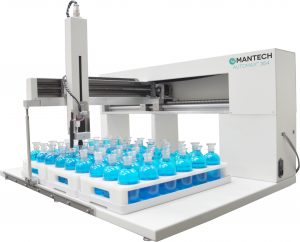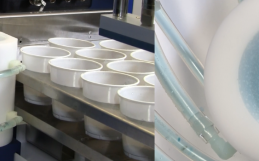What is Biochemical Oxygen Demand (BOD)?
Biochemical Oxygen Demand (BOD), also often referred to as biological oxygen demand, is a test performed to measure the potential of wastewater and other waters to deplete the oxygen level of receiving waters.
In other words, the BOD test is performed to determine what effect dirty water, containing bacteria and organic materials, will have on animal and plant life when released into a stream or lake. When there is an abundance of bacteria and organic materials, the bacteria will take in oxygen in order to breakdown these molecules. If bacteria are taking in large amounts of oxygen, this will have a detrimental effect on the surrounding ecosystem. On the contrary, when there are low levels of organic waste in the water, there are fewer bacteria present, the BOD will be lower and the dissolved oxygen levels higher.
In wastewater treatment plants, they often calculate the percentage removal of BOD to determine the efficiency of the treatment process. For this reason, BOD is sometimes referred to as a water contaminant.
The BOD test involves taking an initial dissolved oxygen (DO) reading and a second reading after five days of incubation at 20°C. For this reason, this test is often written as BOD5 for short. MANTECH has developed a variety of systems that have automated the analysis of BOD5. Learn more here.





